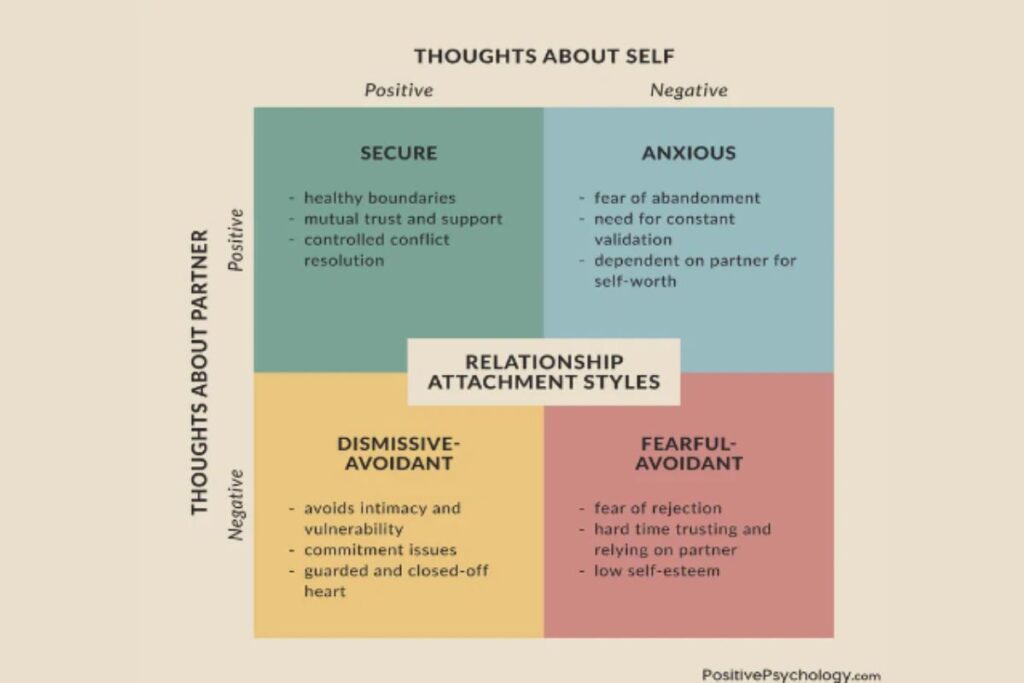What affects a person’s ability to form meaningful, satisfying relationships with those around them? We know that early in a child’s life, their parental relationships and home environment contribute greatly to the security or insecurity that a child begins to experience in their significant relationships. Much of the knowledge we have on this subject today comes from a concept developed in the 1950s called Attachment Theory. John Bowlby, a psychoanalyst researched the effects of separation between infants and their parents. Research on Bowlby’s theory of attachment showed that infants placed in an unfamiliar situation and separated from their parents will generally react in one of these ways upon reunion with the parents:
- Secure attachment: These infants showed distress upon separation but sought comfort and were easily comforted when the parents returned.
- Anxious-resistant attachment: A smaller portion of infants experienced greater levels of distress and, upon reuniting with the parents, seemed both to seek comfort and to attempt to “punish” the parents for leaving.
- Avoidant attachment: Infants in the third category showed no stress or minimal stress upon separation from the parents and either ignored the parents upon reuniting or actively avoided the parents.
- In later years, researchers added a fourth attachment style to this list: the disorganized-disoriented attachment style, which refers to children who have no predictable pattern of attachment behaviors.
Those children who received support and love from their caregivers are likely to be secure, while those who experienced inconsistency or negligence from their caregivers are likely to feel more anxiety surrounding their relationship with their parents. Attachment theory takes it one step further and applies these styles to significant adult relationships. So what does this look like in adults?
Adults who feel secure in their relationships feel connected without feeling the need to be together all the time. Their relationships are likely to feature honesty, support independence, and deep emotional connection.
Dismissive- avoidant adults generally keep their distance from others. They may feel that they don’t need human connection to survive or thrive, and insist on maintaining their independence and isolation from others. These individuals are often able to “shut down” emotionally when a potentially hurtful scenario arises.

Anxious adults may feel desperate for love or affection and feel that their partner must “complete” them or fix their problems. While they long for security in their relationships, they may act in ways that push people away. Their fears can manifest as clingy, demanding, jealousy or being easily upset by small issues.
Fearful-avoidant adults try to avoid their feelings because they get overwhelmed by them. They may suffer from unpredictable or abrupt mood swings and fear getting hurt by a significant relationship.
Each of these styles should be thought of as a continuum of attachment behaviors, rather than a specific “type” of person.
Steps in Pursuit
- Identify which attachment style best describes the way you relate to significant others. There are surveys that you can take online that will help you in this process.
- In building stronger connection with others, practice listening for the emotions that others are expressing and use empathy in reflecting what you are hearing as you communicate.
- Consider therapeutic work to heal childhood wounds that were experienced with parents.
When we begin to recognize these patterns in our relationships, we can begin to take steps in building healthier relationships with others that brings meaning and satisfaction.
Continue the Pursuit,
Denise






